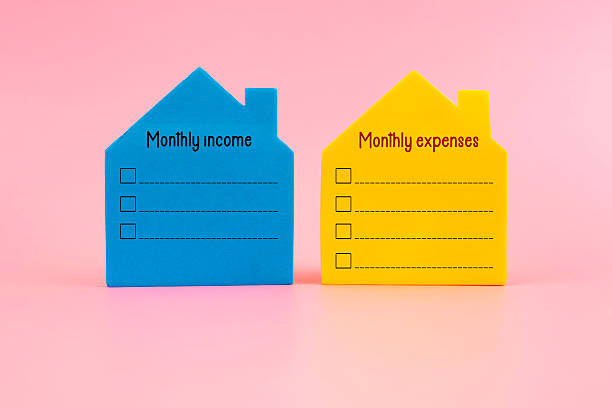
Within the sphere of personal finance, few products generate as much debate as whole life insurance. It is a type of permanent life
insurance that provides a death benefit for the entirety of the policyholder's life, as long as premiums are paid. However, its defining feature is a cash value component, a savings account that grows over time on a tax-deferred basis. This dual nature positions whole life
insurance as a hybrid instrument, ostensibly combining protection with a forced savings mechanism. Understanding its structure, costs, and appropriate role is essential for determining whether it aligns with an individual's comprehensive financial strategy or represents an inefficient use of capital.The cash value element functions as a living benefit. A portion of each premium payment is allocated to this account, where it accumulates at a fixed, typically modest, interest rate set by the
insurance company. Policyholders can borrow against this cash value at a favorable interest rate or surrender the policy for the cash amount, though such actions can reduce the death benefit and incur taxes. This creates a perception of whole life as a conservative, low-risk financial asset. Proponents argue it offers disciplined savings, a guaranteed return, and a death benefit that will ultimately be paid out, making it a tool for both legacy planning and building capital.However, the product's complexity and high costs demand rigorous scrutiny. Premiums for whole life
insurance are significantly higher than for an equivalent term life policy because they must cover both the
insurance cost and fund the savings component. Commissions and fees embedded within the policy can be substantial, eroding the cash value's growth potential, especially in the early years. The guaranteed rate of return is often low, potentially trailing the inflation rate and certainly underperforming what might be achieved over the long term through a diversified investment portfolio. This trade-off between security and opportunity cost is the core of the financial debate.Ultimately, whole life
insurance may serve a niche role in sophisticated estate planning, particularly for high-net-worth individuals seeking tax-advantaged wealth transfer or liquidity to pay estate taxes. For the average household, however, its high cost and complexity often make it a suboptimal choice. The foundational principle of personal finance is to separate
insurance from investing—purchasing affordable term life
insurance for pure protection while investing the premium difference in tax-advantaged retirement accounts. This "buy term and invest the difference" strategy typically provides greater death benefit coverage and superior long-term investment growth, offering a more efficient path to building financial security and leaving a legacy.



 Within the sphere of personal finance, few products generate as much debate as whole life insurance. It is a type of permanent life
Within the sphere of personal finance, few products generate as much debate as whole life insurance. It is a type of permanent life 

